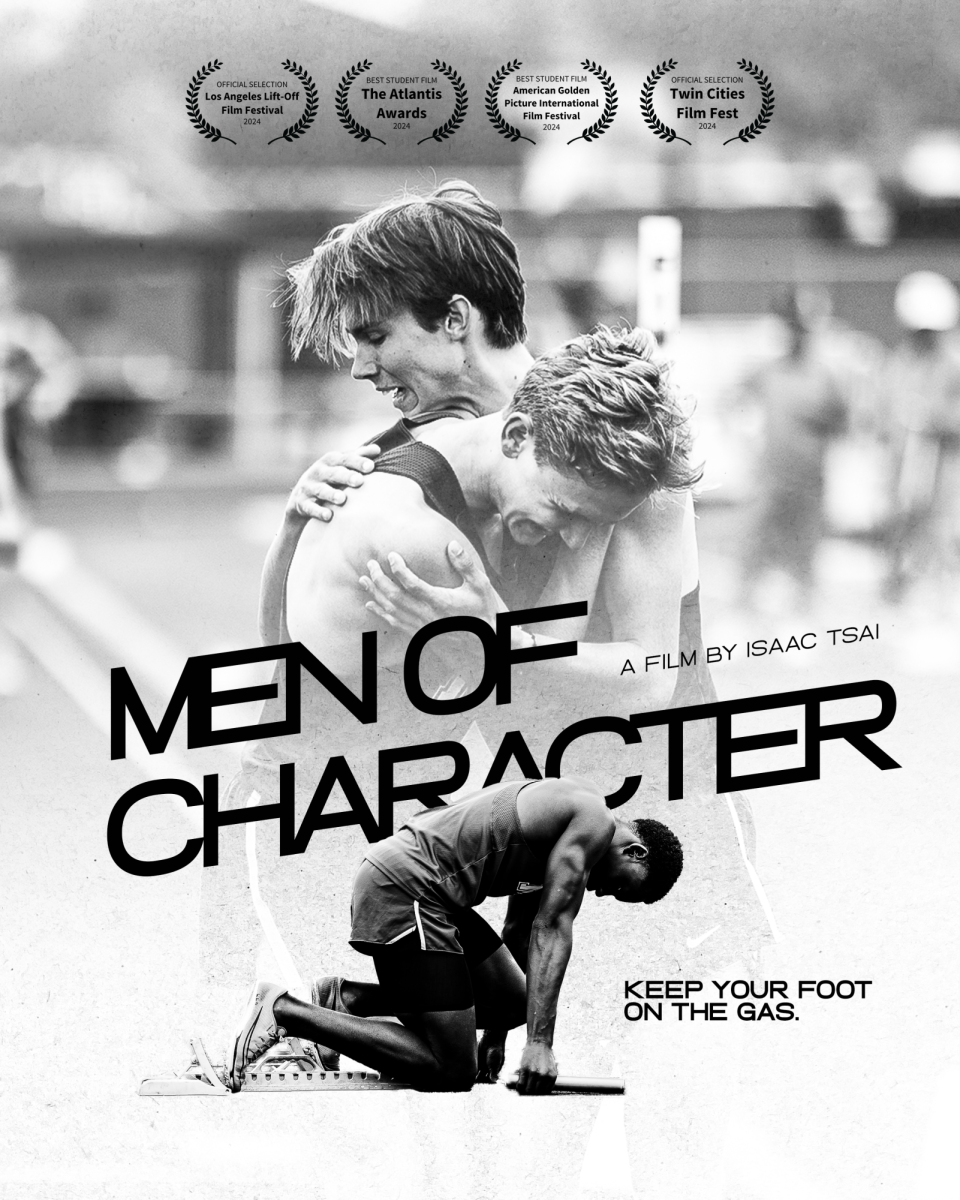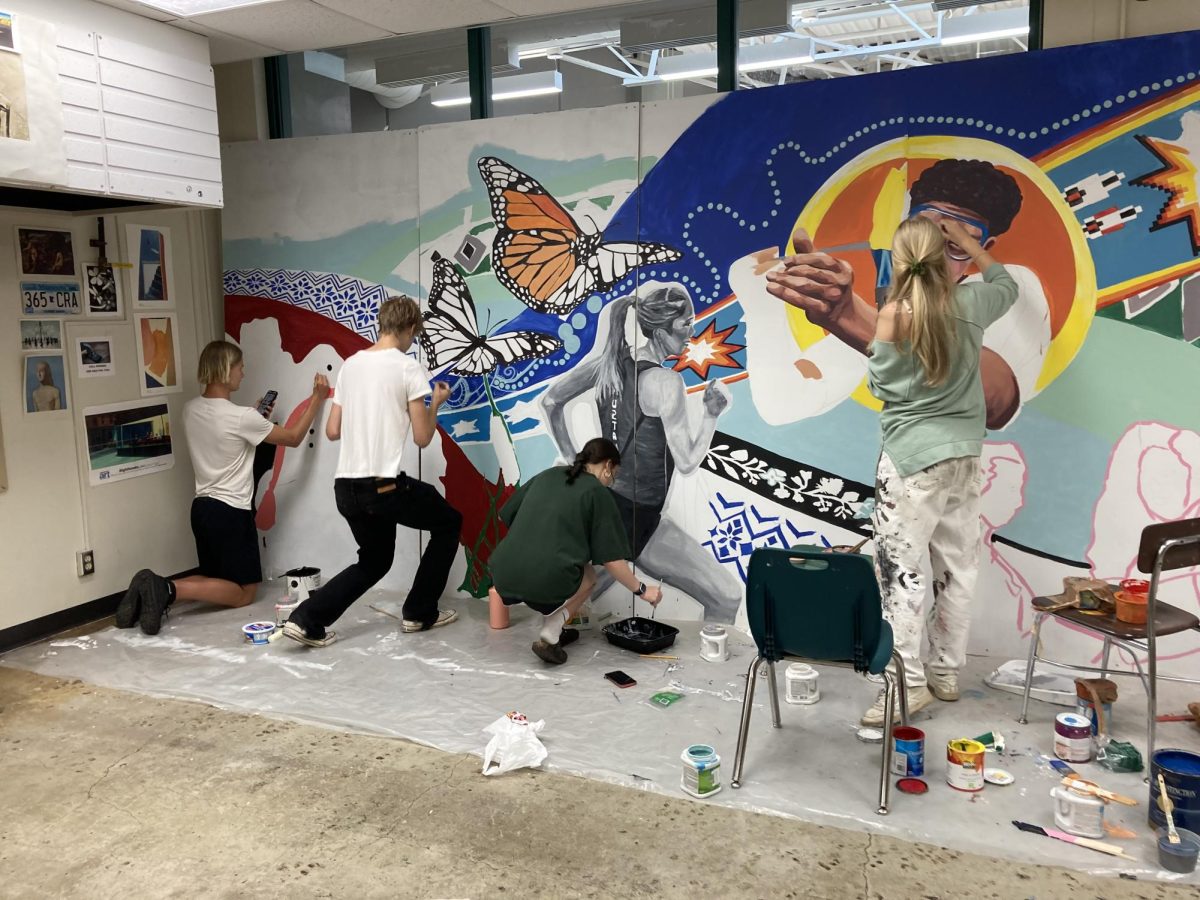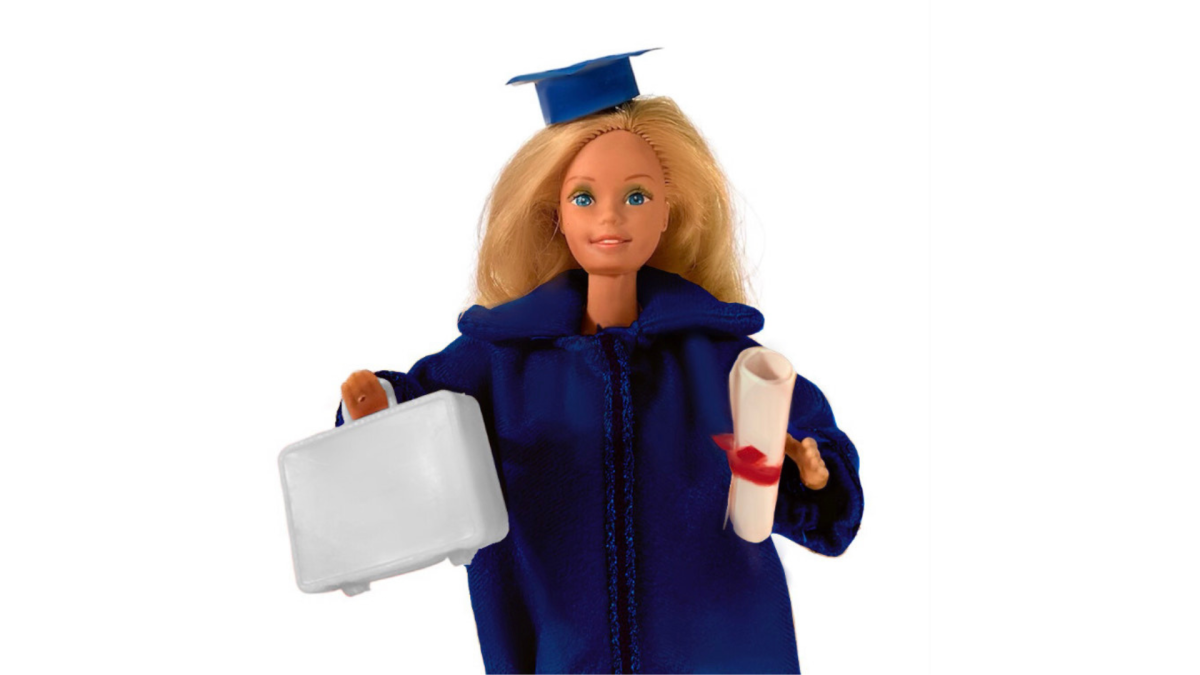As stated by Doug Shapiro, executive director of the National Student Clearinghouse Research Center, there has been a slow decline in college enrollment since the Great Recession. In recent years, many young people have pursued alternative paths in place of college attendance following graduation from secondary institutions. According to The National Center for Education Statistics, total fall post-secondary school enrollment decreased by three million between the years 2010 and 2021. Major reasons for this include rising tuition costs, the hot labor market — which has incentivized young people to work instead of pursuing an education — and the burden of student debt.
The pandemic was no help with an 8% drop in college attendance from 2019-2022 — the steepest drop in the U.S. Bureau of Labor Statistics has ever recorded. Many of those who had come of age or graduated during the pandemic have turned to working blue-collar jobs or those that do not require a degree. The effects could be dire: With fewer people in the educated workforce, many fields could struggle with labor shortages, including the healthcare and information technology industries. It also has long-term consequences for non-college-educated adults, as lifetime earnings for those with only a high school diploma are on average 75% less than those of college-educated adults according to Georgetown University’s Center on Education and the Workforce. They are also more likely to be laid off and lose their livelihood when the economy struggles.
The labor market has also played a role in the declining college enrollment, with many fresh high school graduates jumping into highly lucrative careers that don’t require degrees. This includes trade and vocational careers which have picked up interest after a long decline in consideration by younger generations. Labor shortages have raised salaries in these industries, while wages in industries with an oversaturation of college graduates have declined.
Over the past 40 years, tuition costs in the U.S. have soared. According to the National Center for Education Statistics, accounting for inflation, the average cost of college in 1980 was around $10,000 but nearly $30,000 in 2020 — a nearly 200% increase. Some high school graduates may be straying away from attending college because they worry they will be unable to pay those large amounts.
In addition, many fear long-term student debt. The student debt crisis is at an all-time high, with federal debt making up the majority of the student debt owed by graduates. The Biden Administration has recently forgiven $132 billion in student loans, even after the Supreme Court overruled Biden’s signature student loan forgiveness program in June. This is still minuscule compared to the $2 trillion debt held by Americans — to put it in perspective, $132 billion is 6.6% of $2 trillion.
So, what can schools do to reverse this trend? They can diversify their options and accommodate students who may be pursuing non-traditional career paths and present these paths neutrally, as opposed to shaming them. For students who don’t plan on pursuing a bachelor’s degree or want to participate in hands-on experiences, non-traditional post-secondary options can offer students an alternative to college, explained Madison Hendrickson, Mounds View’s career and college coordinator.
While alternative post-secondary options may ease some industry shortages, many industries will likely continue to suffer until young people are incentivized to return to school.


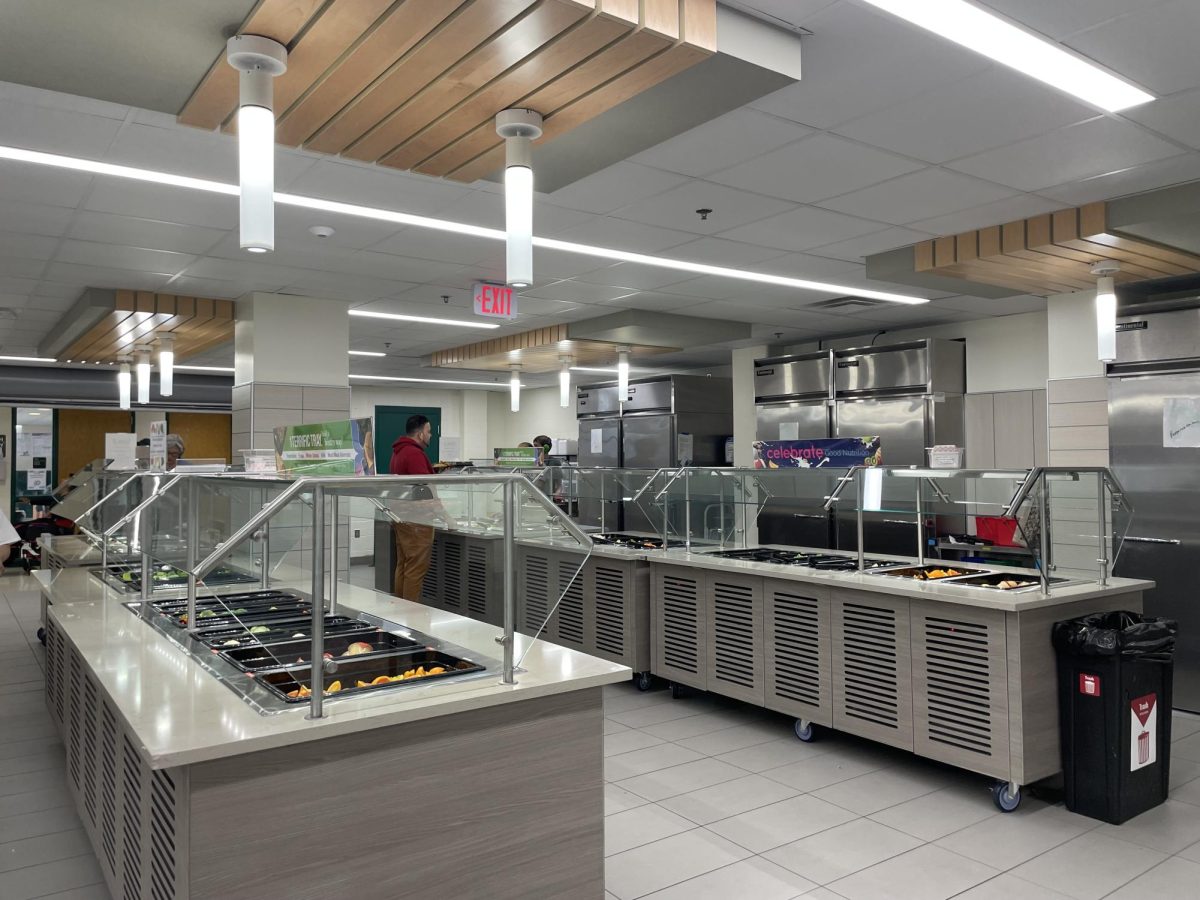








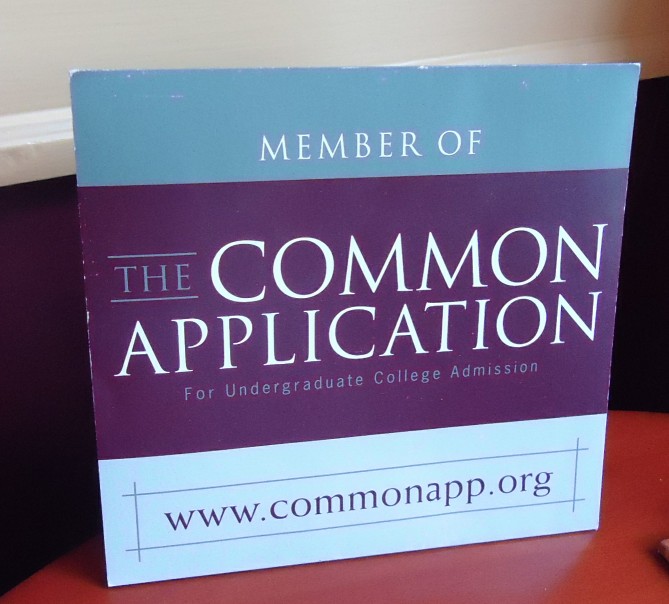


![[DEBATES] Prestigious colleges: value or hype?](https://www.mvviewer.org/wp-content/uploads/2024/12/buildings-1200x654.png)

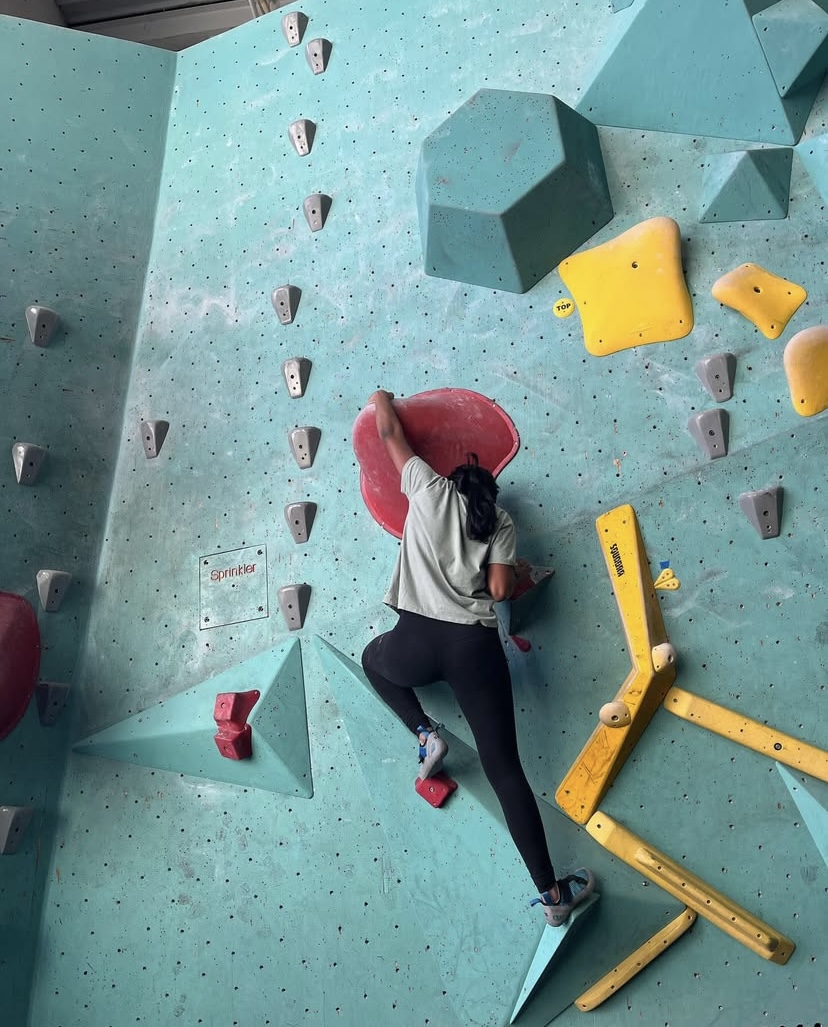
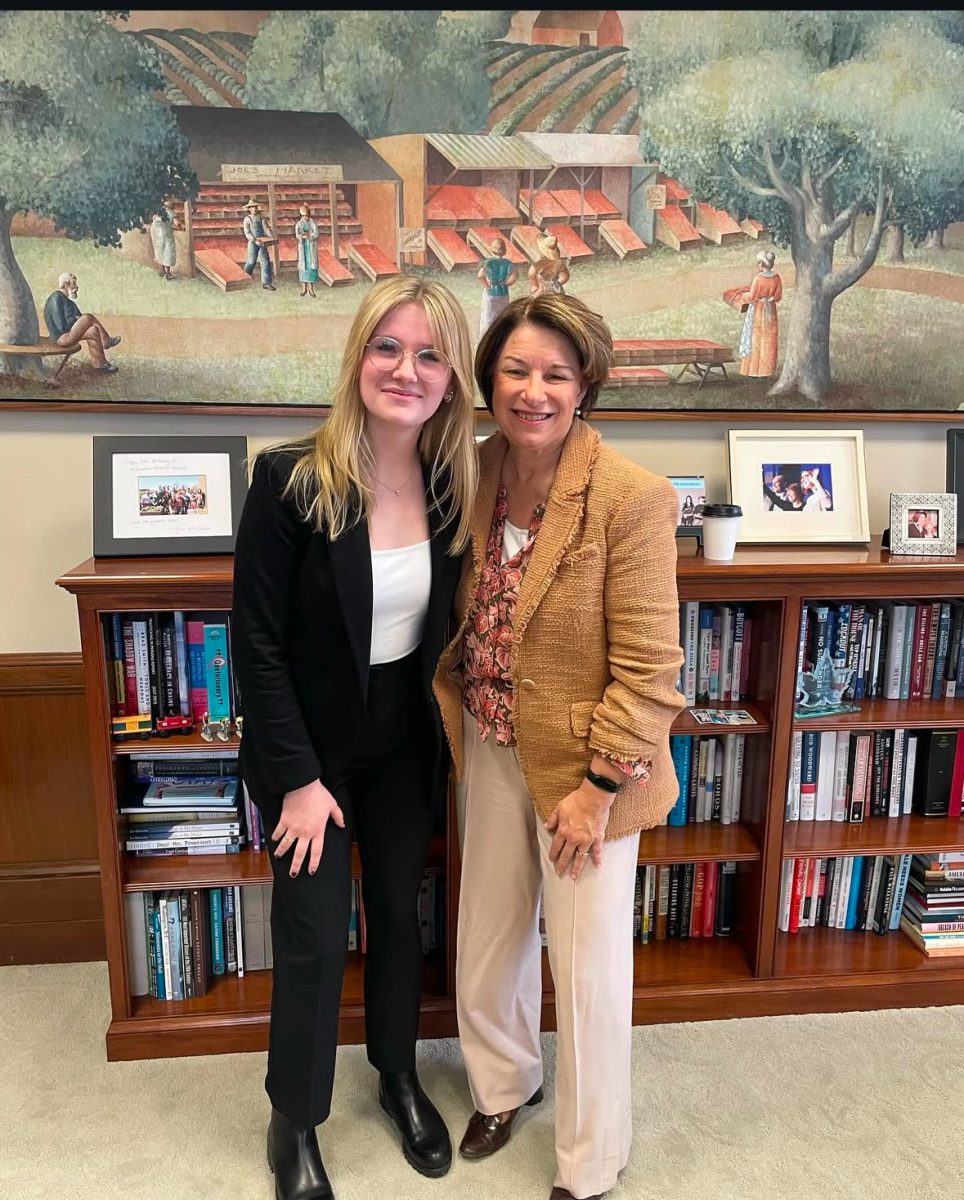



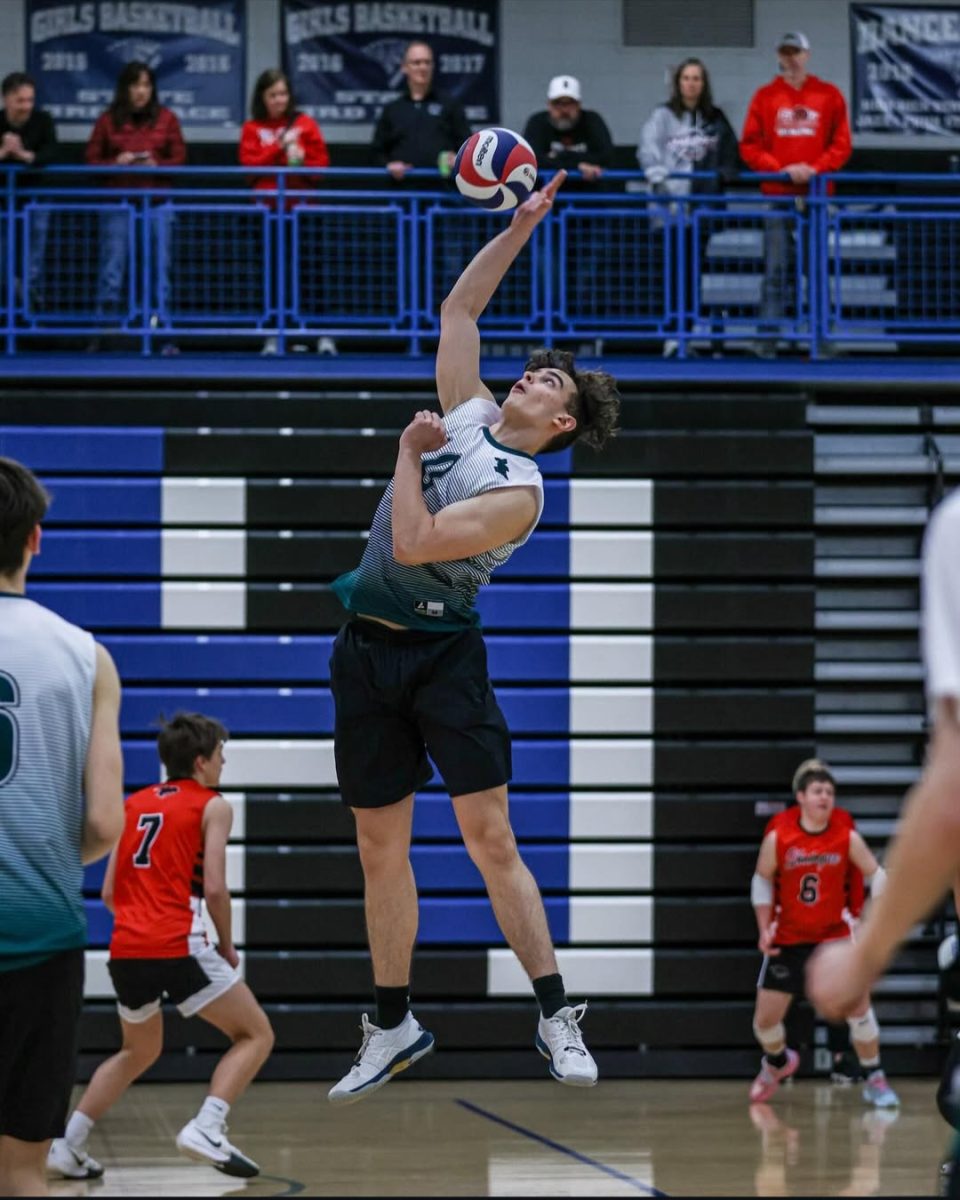
















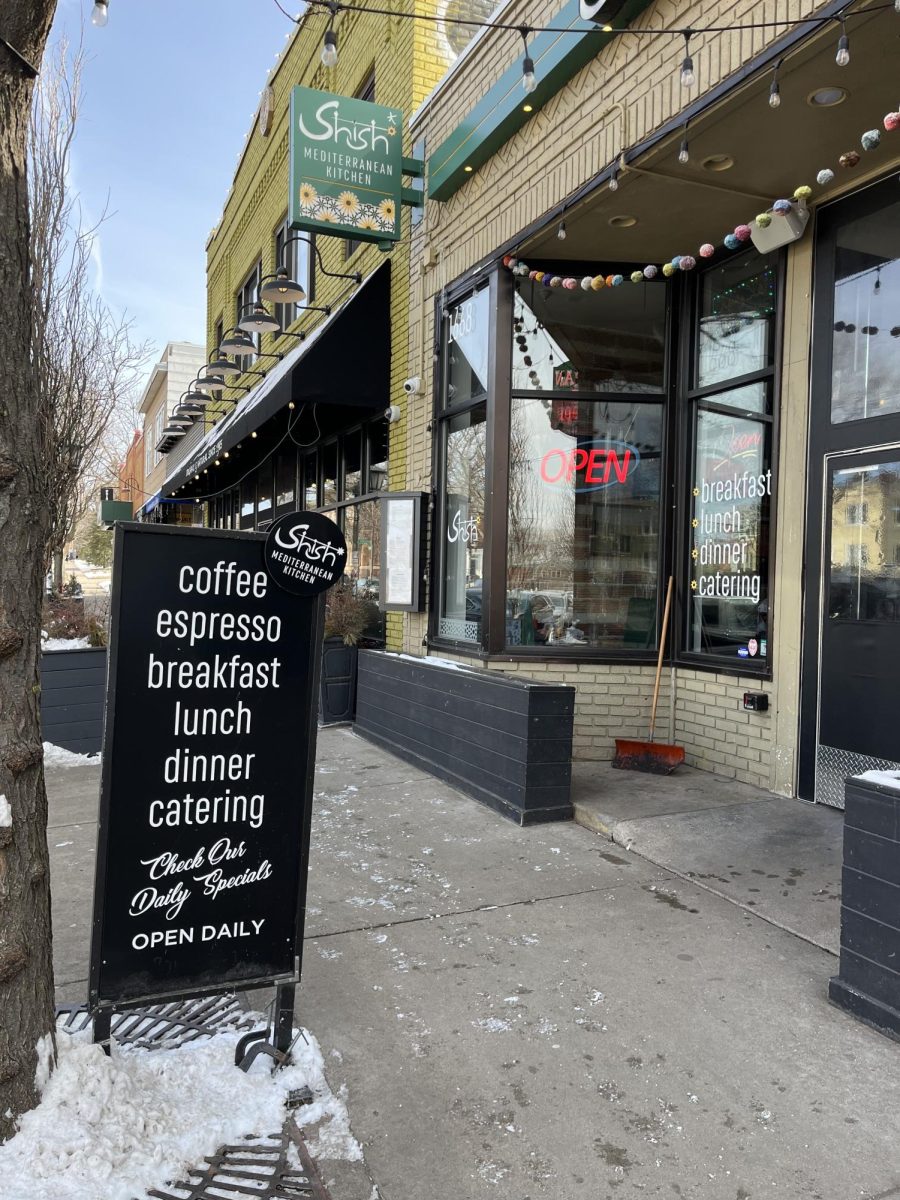





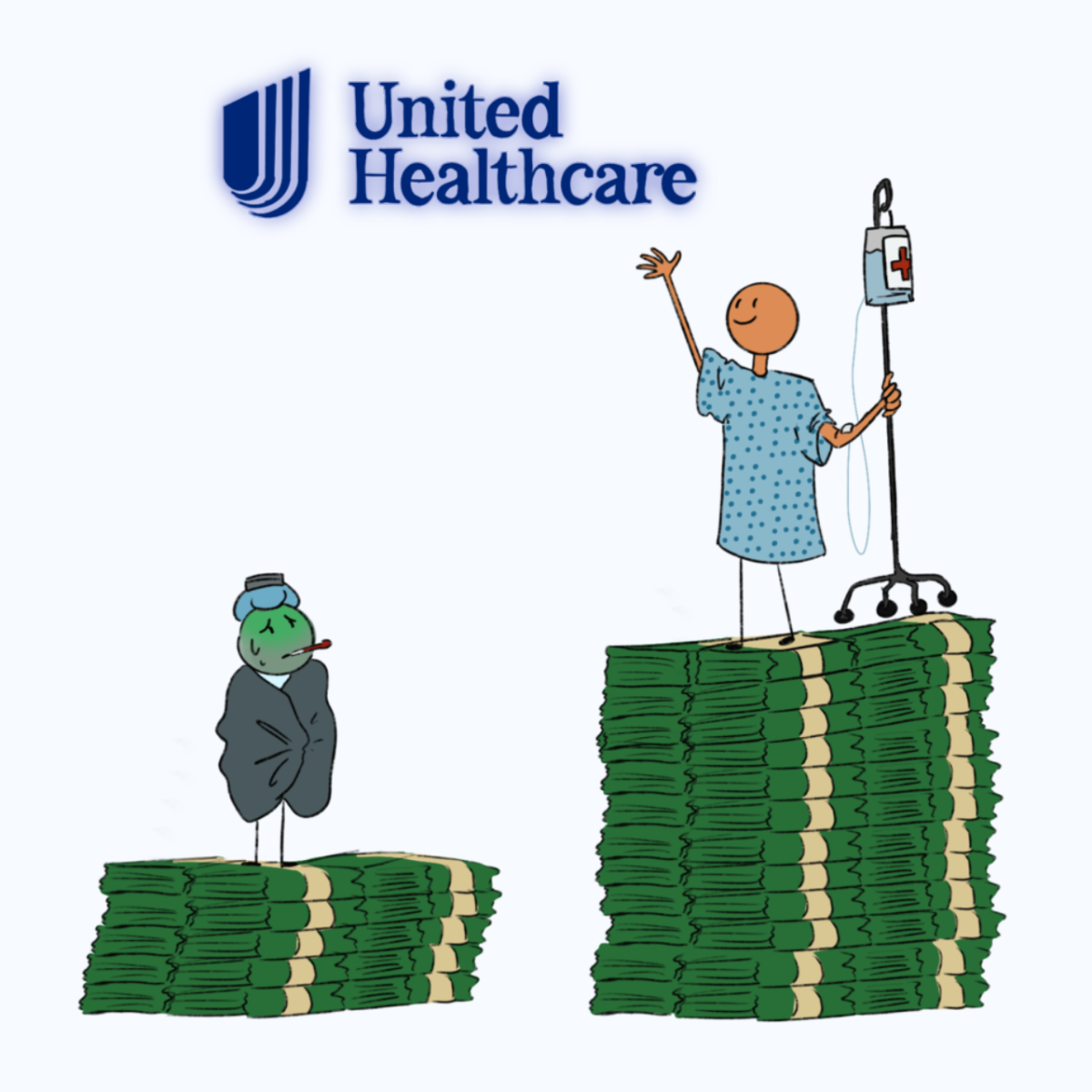

![[OPINION] The dark origins of TikTok's looksmaxxing trend](https://www.mvviewer.org/wp-content/uploads/2024/02/Copy-of-Copy-of-Untitled-Design-1200x675.png)




